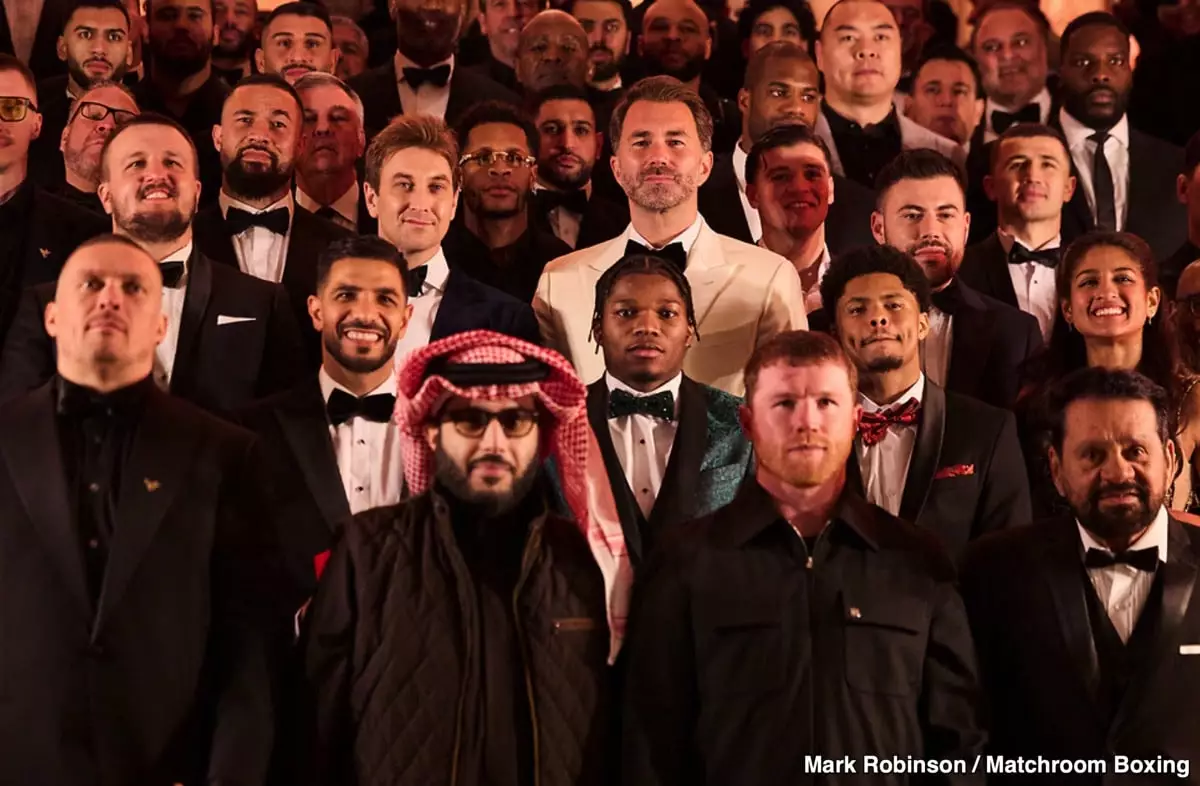The boxing world recently experienced a ripple of disappointment with the news that the anticipated bout between reigning champion Canelo Alvarez and former pound-for-pound king Terence Crawford is officially off for September. Surprising or not, the announcement came as the fight was never officially booked, leading many to speculate the reasons behind its sudden discontinuation. Although no official explanation has surfaced, it’s widely believed that differing perceptions of the fight’s financial worth may have stalled negotiations.
The allure of a face-off between Canelo and Crawford created an atmosphere of palpable excitement, but behind the scenes, financial negotiations likely painted a different picture. Canelo, with his impressive record of 62 wins and a powerful brand, appears to have shifted his focus towards a more lucrative opportunity: a clash with YouTuber-turned-boxer, Jake Paul. Scheduled for May’s Cinco de Mayo celebrations, this bout promises to capture significant attention, thanks in part to Jake Paul’s vast social media following, boasting nearly 29 million followers on Instagram alone.
A rationale behind this shift becomes clear when considering the potential pay-per-view (PPV) revenue that could stem from such a high-profile event. While boxing purists may scoff at this pairing, there is no denying that entertaining an audience often leads to a more substantial financial reward.
Moreover, the prevailing sentiment regarding the Canelo-Crawford fight was less than favorable. Many critics labeled it a “cash grab,” suggesting that it was void of genuine competitive merit due to Crawford needing to jump two weight classes. The scenario presented a risk for Canelo; a victory over Crawford might earn him little acclaim, as he would be accused of cherry-picking an opponent who was deemed too small. Casting aside the thrilling competitive nature of boxing, the financial politics can sometimes overshadow the sport itself.
Conversely, a fight against Paul could better position Canelo in the eyes of his fans and the public, especially considering the monetary gains involved. This reflects a broader trend in modern boxing, where personality and marketability have increasingly dictated fight promotions, often above traditional sporting metrics.
For Crawford, the situation is equally pressing. Had he chosen to cement his legacy by moving up to the 168-pound division and securing fights with established challengers like Diego Pacheco and David Benavidez, he may have built the kind of resume that would make a meeting with Canelo more palatable. This strategy could have potentially quelled any doubts around a matchup, showcasing his capabilities in a higher weight class and earning respect from fans and pundits alike.
Ultimately, while the dissolution of the Canelo-Crawford fight may appear disappointing at first glance, it highlights the complex interplay between the sport of boxing and commercial interests. For Canelo, fighting Paul can cement his status as a star and increase his financial allure. For Crawford, a shift in focus to viable contenders might be the key to elevating his standing in the sport. As both fighters navigate their respective paths, boxing fans can only hope that future matchups will uphold the sport’s integrity while also delivering the excitement they crave.


Leave a Reply